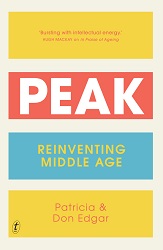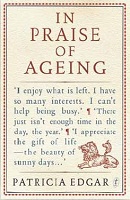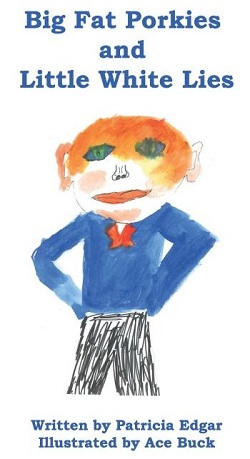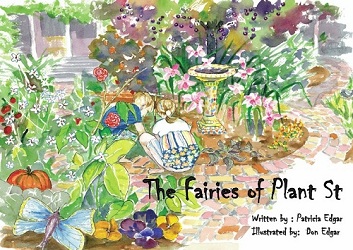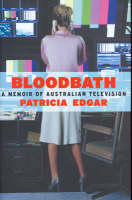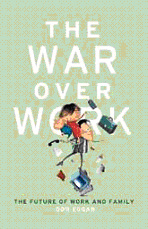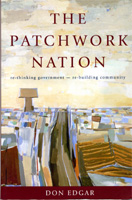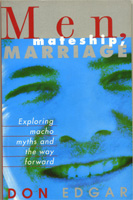The ABC's fun park is another step on the road to oblivion for the national broadcaster
June 8, 2015 - 12:15AM
Patricia Edgar

The Wiggles is just one of the children's shows to be featured in the ABC KIDS World.
The ABC has announced a joint venture with Dreamworld on the Gold Coast to launch ABC KIDS World, featuring Giggle and Hoot, The Wiggles, Play School and Bananas in Pyjamas in "a new funpark to bring the ABC KIDS brand to life and extend the experience". Why would we be surprised, given the progressive commercialisation and exploitation of ABC children's programming across two decades?
The slippery slide away from quality as a priority began when the Bananas were spun off from Play School to support a suite of merchandise to sell for profit. From that point the merchandising tail has wagged the dog. If you have the resources, as a public broadcaster, to keep churning out programs and screening them daily, eventually they command attention. It has worked for trains, pigs, cabbage-patch dolls, pink dinosaurs and even thongs and Teletubbies that can't talk properly.
The Friends of the ABC have rightly called the ABC to account, describing the Fun Park as "tacky" and accusing it of "using its trusted name to make money out of children". It seems programming has become all about marketing and branding, as the ABC struggles to hold on in the face of technological change and diminishing funding.
Kids are demonstrating a mind and dexterity of their own, leading the media away from traditional programming and delivery models, as they embrace the digital space. They have moved on to gaming, chat rooms, Facebook, Instagram, SMS and the joys of online content they create themselves. They know what they want, how they will engage with content, and they know where they can get it.
The response is to grab them young, by every means possible, and try to hold on to them. But exhibiting characters on televisions, computers, radios, tablets, and mobiles in kids' homes, bedrooms, cars and schools, and branding their baby bottles, bedding and lunch boxes, still isn't enough to hold their attention. So if kids can interact with and see the characters, perhaps they will stay relevant. Ultimately, with enterprise, it may be possible to micro-chip kids as soon as they're born. The government could sell off the rights to help reduce debt - and just think how much could be saved on marketing!
Richard Finlayson, the ABC's director of television, appointed in April 2013, spoke of the challenges he was facing just two months after his appointment. "Audiences are rapidly moving away from linear schedules," he said. "Over 50 per cent of viewing in the 18-24 demographic is already on-demand. It will be 80 per cent as early as 2017, and older demographics are close behind."
Finlayson's solution was to show high-quality original Australian content across four channels, iView and 13 partner platforms. It was a laudable objective. But just how could that goal be achieved with declining audiences, more hours to fill, and higher costs? Public broadcasting can only prop up free-to-air so long as governments are willing to provide funds - and this is under threat around the world.
A television schedule is a voracious beast, so the "high-quality original" children's television Finlayson called for became something quite different. In 2009, the government was persuaded to provide an extra $66.4 million over three years to build ABC3. When the ABC had the opportunity to break new ground for an audience heavily engaged with new media, it looked backwards by establishing a children's channel on a model more than two decades old. The result is a demanding beast: two channels, ABC2 & ABC3, to be scheduled from dawn to dark. Inevitably, they carry predominantly high-volume, inexpensive, repeat programs from all over the world. Characters with merchandising back-up predominate. Even adult drama is now supported by merchandise where possible, not just books and DVDs which are compatible, but fashion accessories such as scarves, handbags, and jewellery - witness the "Miss Fisher Collection" based on costumes from the series.
A solution that apes commercial media leaves the ABC with no raison d'etre. No one at the ABC is speaking about the value the public broadcaster could bring to Australian children through a new model - through innovation, promoting and sharing creativity, generating benefits to society through collaboration with education.
In order to attract children to relevant, appropriate material that is designed with their best interests at heart, producers need to take risks. We need innovative multi-platform services that accommodate games, chat rooms, downloadable libraries, and opportunities to access, manipulate, create and share multimedia content. They should have a global reach, for interaction with other cultures. And they should engage with the education revolution.
Education has always taken a hiding from free-to-air television managers, who feared such a label would turn an audience off. Now with convergence, search and interactivity, education and entertainment have come together and kids have no problem with moving easily between the two domains on the same technology. As a result, teaching and learning are being transformed, with children enjoying taking the initiative in their learning.
The solutions to public television's predicament may well lie in its origins. When the Australian Government introduced television, we set out the obligations of broadcasting. The medium was intended to inform, entertain and benefit society. Public broadcasting was never seen as just another entertainment business. It is an integral component in our education and democratic political system.
As a tool for the voice of children, as a tool for the education of children, as a tool for cultural identity, the media is unequalled. Going down the commercial road in pursuit of profits is an abdication of a national responsibility to enrich our culture - and it will be the path to oblivion for the ABC.
Patricia Edgar was chairwoman of the Australian Broadcasting Tribunal's children's program committee, the founding director of the Australian Children's Television Foundation, and chairs the World Summit on Media for Children Foundation.



